A Sound Solution in Transportation Security
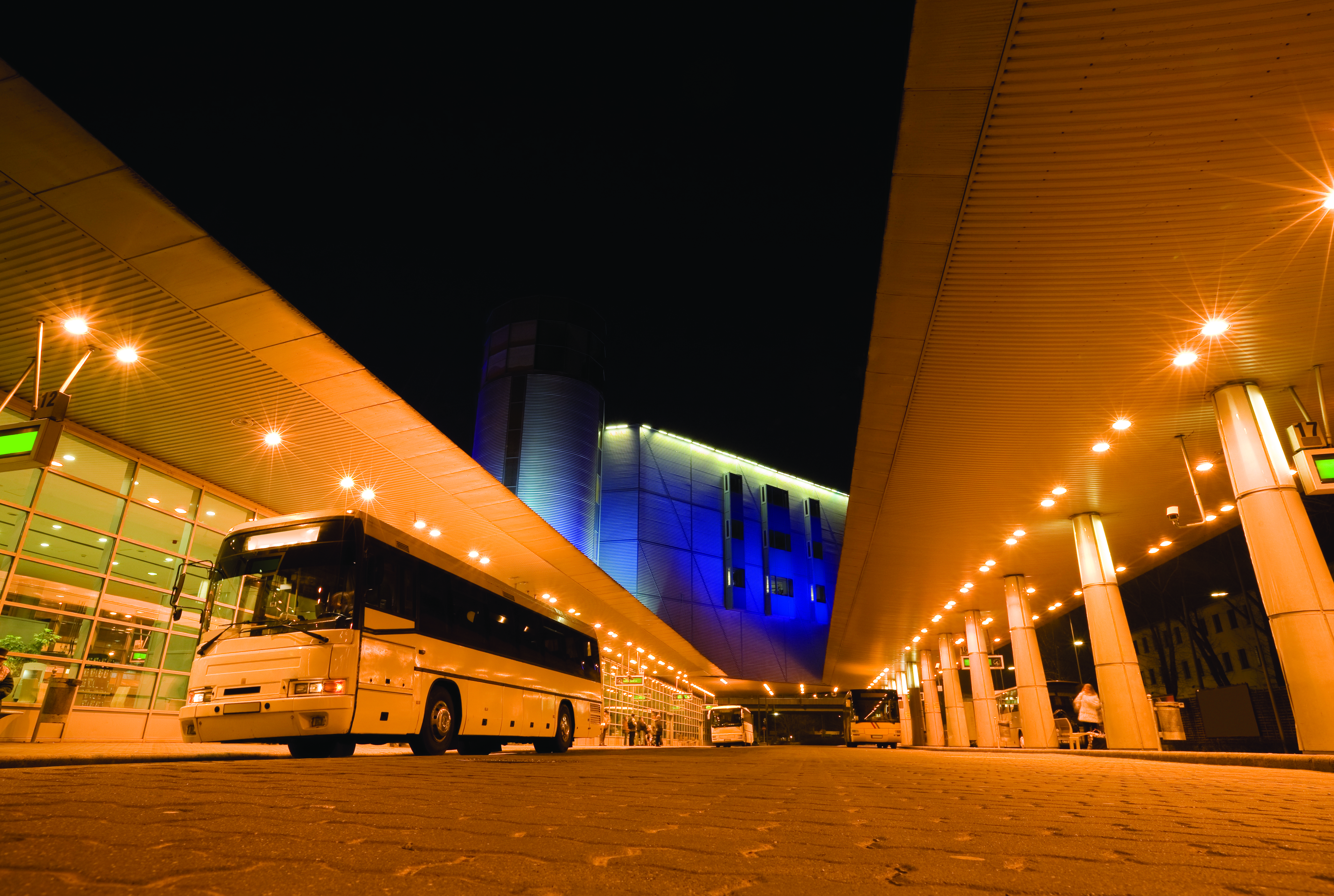
Audio monitoring can enhance situational awareness, reduce crime
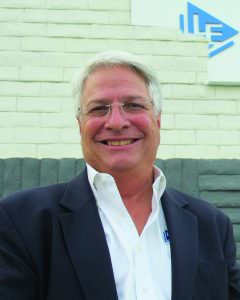
Richard Brent, Louroe Electronics
In 2014, the transportation sector contributed $1.45 trillion to the U.S. economy and represented 8.3 percent of the gross domestic product (GDP). While transportation is paramount to a thriving economy, it also presents some of the greatest security challenges.
Millions of people rely on transit systems to commute to work, and the public’s need to board buses, trains and airplanes every day requires the system to be both easily accessible and secure. Currently, video surveillance, access control and intrusion detection systems are the security and safety solutions of choice for transportation agencies, but there are other tools that can significantly enhance situational awareness. Audio capture, or monitoring, is one of them.
Power of Audio
Audio technology can detect auditory signals, filter what sound is significant information and enable decision-making that video surveillance alone cannot. Names, languages, and dialogue that contain important real-time information are just some of the additional things that can be captured. Audio recordings also can help transportation officials determine forensically what actually occurred, say, in a dispute between a passenger and a bus driver. Audio data collection has the power to eliminate the “he said/she said” arguments. The sound captured provides a record that can be convincing in a court of law.
Sound capture is an important security practice because it enhances monitoring and makes it more efficient. With audio technology engaged, systems will analyze auditory triggers that would have otherwise gone unnoticed. These acoustic indicators can alert central station guards to what zones should be more carefully observed. Secondary verification for incidents such as break-ins, vandalism, workplace safety mishaps, assaults, harassment and even malfunctioning equipment can be captured with audio technology.
Hands-free, two-way sound solutions, like intercoms, speaker-microphones, and talk-listen outdoor monitors, make real-time interaction and response a reality for security personnel. Through the interconnected audio solution, agency staff can speak to people on site from a remote location. For example, two-way audio solutions provide security guards the opportunity to speak to employees during a safety stand-down event or to warn trespassers to vacate the property.
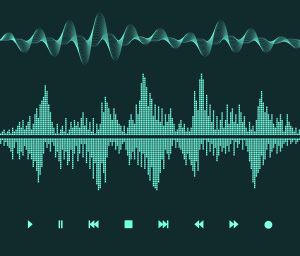
Audio monitoring, in short, gives ears to security solutions that are traditionally thought of as an “eyes” surveillance system. Solutions that respond to end users’ needs and gather more sensory data provide a more accurate picture of a situation.
This allows security personnel to better determine the needed course of action. Consequently, audio monitoring is no longer an optional safety and security component for transportation applications, but a necessity. This is evident when looking at the current risks that mobile transit vessels, such as cabs, buses, trains and trucks, face. It is also clear when considering the perimeter challenges for mobile transfer stations such as bus terminals, train stations, truck yards, airports, and seaports.
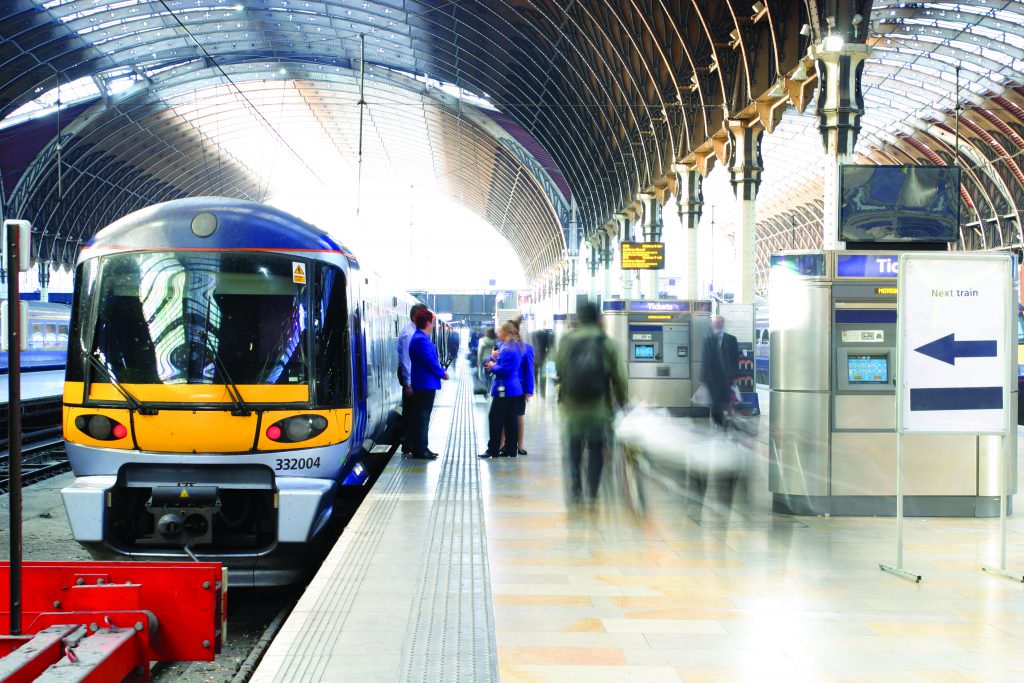
Buses and Trains
The primary security challenges for buses and trains are bullying, aggression, theft, and robbery. Additionally, the safety of the driver is always at risk and, therefore, behaviors should be monitored. With the right technology and public knowledge, these crimes can be deterred. The Chicago Transit Authority (CTA) is a prime example of how investing in surveillance equipment can be a game-changer.
Over the past few years, the CTA has expanded its surveillance network to 23,000 cameras, and the system has proven to be a tremendous resource for police. In 2015 alone, cameras aided police in the capture of 256 individuals. Overall, crime in the CTA system fell by 25 percent in 2015, the fourth consecutive year that it decreased. Much of the success has been directly attributed to the security equipment.
Clearly, monitoring technologies play a critical role in crime deterrence. However, many transit agencies, including the CTA, still primarily deploy security cameras without audio.
What many transit agency executives likely do not realize is that, by not utilizing audio, they are significantly limiting their ability to accurately analyze a situation.
Viewing a video recording without audio is akin to watching a silent movie; it excludes a key component of the story. Consider this:
How much more could security officials lower crime rates if audio was professionally integrated into their surveillance solutions?
Passenger complaints could be resolved. Suspicious sounds in truck yards could immediately alert security guards, allowing them to apprehend suspects before they tamper with or steal equipment. Key evidence could be gained in an incident such as a train derailment since investigators could listen to, as well as watch, what the driver did.
If transit authorities seek to increase safety for passengers by deploying a complete monitoring solution, audio must be part of the picture. The best audio solutions for buses and trains are appropriately selected, strategically placed microphones that can pick up sound even in areas with excessive levels of background noise. For directional audio capture technology placed near the operator, everything taking place behind the driver will be captured. When connected to a video management system, the audio solution can be set up to automatically record in the event of a verbal dispute, attack or crash. Installing weather-resistant, omnidirectional microphones and intercoms along the perimeters of bus terminals, train stations, and rail yards is an optimal solution as well.
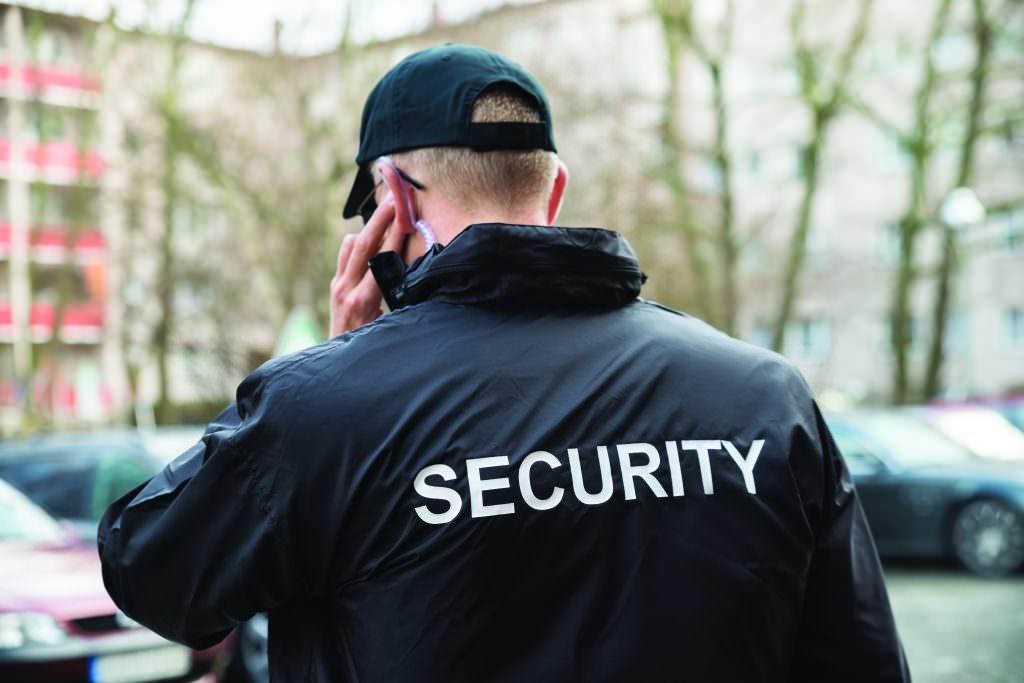
Airports
For airports, ensuring perimeter protection and strong access control and eliminating public safety threats are at the top of the security priority list. In particular, intercepting unsafe items that endanger other travelers has been a focus for security personnel. In 2015, the Transportation Security Administration (TSA) reported that it confiscated 2,653 firearms in passenger carry-on bags at 236 airports in the United States; this number is about 20 percent higher than the previous year. Of those confiscated weapons, 82 percent were loaded.
Intrusion is an increasing concern for airport personnel. The Associated Press estimates that a U.S. airport experiences a perimeter breach about once every 10 days.
And perhaps most perilous of all, airports have had to increasingly respond to terror attacks. In 2016, there have been two high-profile incidents in Belgium and Turkey. On March 22, two explosions sounded in Belgium’s Zaventem airport, tearing apart the check-in area. An hour later, another bomb went off at the nearby Maelbeek Metro station. The attack left 32 dead and 340 injured. On June 30, three men opened fire at Istanbul Ataturk Airport in Turkey before detonating three bombs. Forty-two people died and another 239 suffered injuries.
These shocking events illustrate that staff needs to use all the skilled personnel and advanced technology at their disposal to mitigate threats. One technology that every airport security director should consider adding is audio analytics, specifically glass break and gunshot detection.
Glass break sensors placed in restricted areas of airports or along perimeter fences can provide for early detection of intruders. The sensors are set to identify breakage of most types of glass, including laminated, single or double plate, tempered and wired. In the past, each monitored surface had to have an individual sensor. Today, the solution requires just one high-quality, omnidirectional microphone that can pick up sound for the target area and be connected to a network camera, which integrates the audio analytics software with its video management system. The result is greater coverage with fewer microphones, leading to enhanced security at lower costs.
Amidst the chaos and confusion of an active shooter incident, a gunshot detector can ensure that critical information is relayed to the right personnel without delay. Upon recognizing the sound of a firearm, the detector sends a notification to law enforcement and other authorities, reducing reaction time for first responders in situations where every second counts. Traditionally, gunshot detection solutions have been standalone systems that accompany video surveillance and access control systems. However, new providers have developed solutions that directly integrate with IP cameras and video management systems. Not only can this save users thousands of dollars, but in the event of a shooting, control room monitors can access the cameras closest to the gunshot for visual identification of the suspect. Audio analytics are the next generation of audio monitoring, and airports would do well to adopt the technology.

Seaports
At seaports, security teams are trying to protect ships from being intercepted and used as weapons or platforms to smuggle dangerous materials into the country. In the U.S., there are more than 300 sea and river ports and 3,700 cargo and passenger terminals. Each year, thousands of ships pass through these ports with millions of tons of cargo. With such a high volume of traffic and goods, physical security and visitor management are key.
Biometric systems have become an important solution for identification and authorization at ports. Beyond those systems, two-way intercoms have proven to be an invaluable add-on. By installing an access control-integrated intercom, port personnel has an additional checkpoint for guests at main entrances and restricted areas. This secondary verification provides a much needed extra layer of security.
When responsible for monitoring vast areas of goods, port managers need all the help they can get. Weather-resistant microphones are great tools to listen for suspicious noises, fraudulent claims, non-compliant employees, etc. The audio flags potential problems for agency staff, so they have time to intervene before the situation escalates. Given the minimal installation and maintenance costs and high return on investment, audio solutions should certainly be part of the discussion for port security systems.
Dispelling Misconceptions About Privacy
Implementing audio monitoring in a security solution is a sound decision, but many people hesitate to take the first step in deployment because of misconceptions about privacy laws. The question is whether audio recording is permitted or is considered an infringement on privacy.
The U.S. Code, specifically Title 18, Section 2510, 2, defines a private conversation as one in which people believe that the communication will not be intercepted. In these cases, monitoring would be prohibited.
However, in places where there is no expectation of privacy, monitoring is perfectly fine.
Buses, trains, airports, and seaports are all public settings in which one’s conversation might be overheard by passers-by. For this reason, audio monitoring is an acceptable and positive security practice.
As a result of decades of misunderstandings and inaccurate sayings, though, people fear audio monitoring and mistakenly think of it as a “Big Brother” tactic. What gets lost in the conversation is the whole reason why audio monitoring was considered in the first place, which was to enhance security and safety.
In 2014, Pennsylvania Gov. Tom Corbett signed into law a bill that permitted the use of audio monitoring on school buses. Two years later, a school bus driver in Jeanette, Penn., asked an 11-year-old boy to get off the bus and move a live power line out of the road. Afterward, the audio and video were both used to confirm that the driver did, in fact, make that request. As a result, the driver was charged with endangering the welfare of a child. Here, audio played a key role in defending not just the boy, but all of the students who were unnecessarily placed in a risky situation because of the driver’s poor judgment.
Conclusion
The transportation industry is ever moving. As it continues to grow, so will its security needs and vulnerabilities. To combat these risks, audio monitoring must be part of the sector’s security plan.
Richard Brent (rbrent@louroe.com) is CEO of Louroe Electronics (www.louroe.com) and a member of the SIA Board of Directors.
